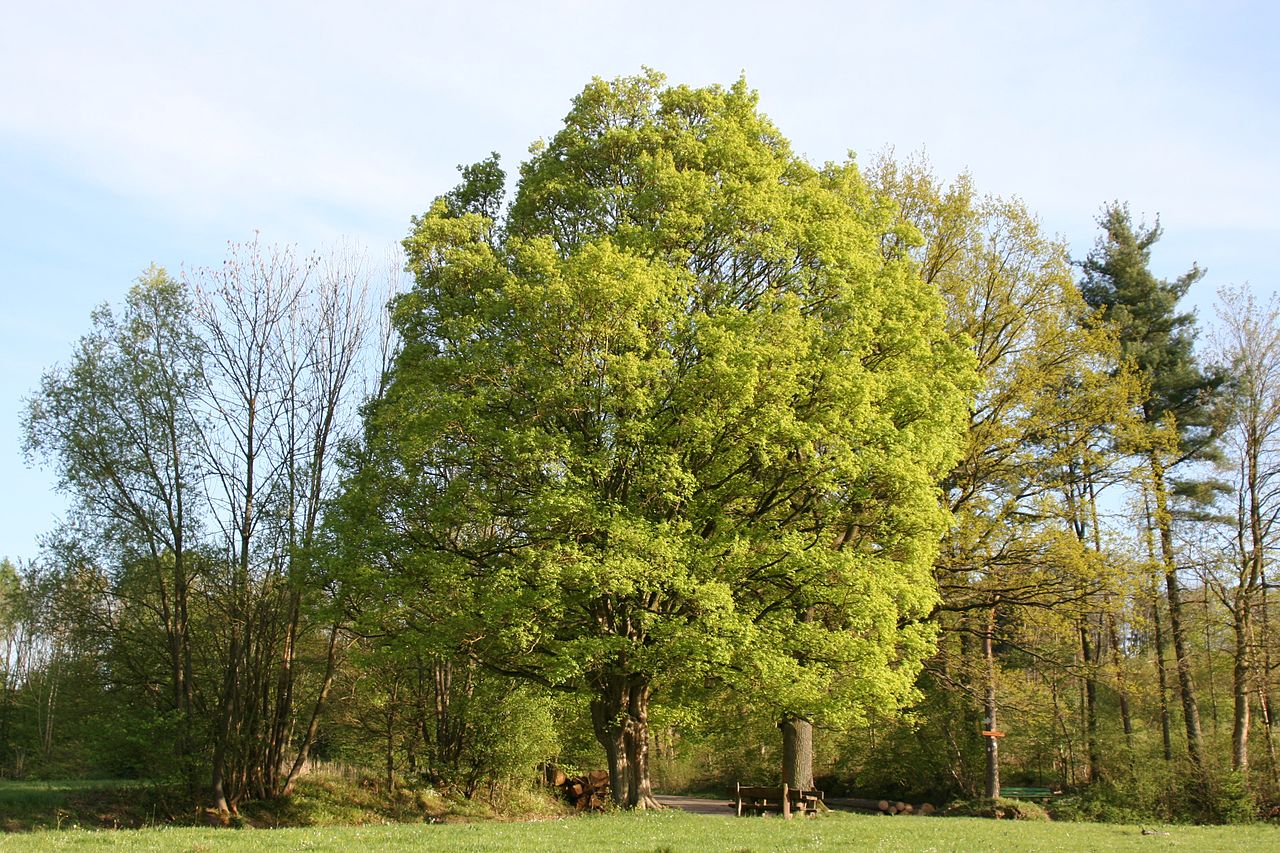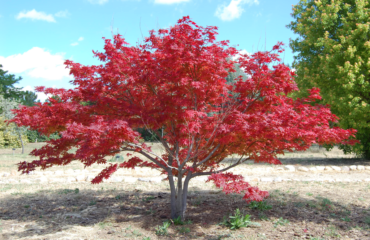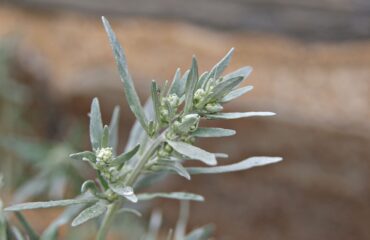Acer campestre, commonly known as Field Maple, is a deciduous tree native to Europe and western Asia. It is well-regarded for its adaptability, attractive foliage, and versatile use in landscaping. Field Maple features small, five-lobed leaves that are dark green in summer and turn a striking yellow or red in the autumn. The tree has a compact, rounded crown and can grow to a height of 30-60 feet (9-18 meters) and a spread of 20-40 feet (6-12 meters). Its bark is corky and fissured, adding texture and interest throughout the year. Field Maple is often used in hedges, as a specimen tree in gardens and parks, and for wildlife habitat due to its dense canopy and nectar-rich flowers.
Preferred Growing Conditions:
- Soil Type: Prefers well-drained, slightly acidic to alkaline soil; thrives in loamy, sandy, or clay soils with good drainage.
- Sunlight: Grows best in full sun to partial shade; requires at least 4-6 hours of direct sunlight for optimal growth.
- Temperature: Hardy in USDA zones 5-8; tolerates a range of temperatures and is frost-hardy.
- Water Needs: Moderate; requires regular watering during dry periods, especially when young, but is relatively drought-tolerant once established.
Acer Campestre (Field Maple) Propagation Methods:
1. Seed Propagation:
Growing Acer campestre from seeds is a common method, allowing for the natural variation and production of healthy, robust trees.
- Seed Collection and Preparation:
- Collect seeds (samaras) from mature trees in late summer to early autumn once they have turned brown and begun to fall.
- Separate the seeds from their wings and clean them thoroughly.
- Seeds require cold stratification to break dormancy. Place seeds in a moist medium (such as sand or peat moss) and refrigerate at around 35-40°F (1.5-4°C) for 60-90 days.
- Sowing Techniques:
- After stratification, sow seeds in seed trays or small pots filled with a light, well-draining seed-starting mix.
- Sow the seeds on the surface and cover lightly with a thin layer of soil or sand.
- Keep the soil consistently moist but not waterlogged.
- Place the trays in a bright location with temperatures around 65-75°F (18-24°C).
- Germination Requirements:
- Seeds typically germinate within 4-8 weeks after stratification.
- Once seedlings emerge, provide bright, indirect light and maintain consistent moisture.
- When seedlings have developed several true leaves and are sturdy enough to handle, transplant them into individual pots.
- Transplanting Seedlings:
- When seedlings have grown larger and stronger, they can be transplanted into the garden or larger pots.
- Choose a planting site with full sun to partial shade and well-draining soil.
- Space the plants at least 10-15 feet apart to accommodate their mature size.
2. Softwood Cuttings:
Propagating Acer campestre from softwood cuttings is a reliable method, particularly during the growing season, for preserving the characteristics of specific cultivars.
- Types of Cuttings:
- Use softwood cuttings taken in late spring to early summer when the plant is actively growing.
- Preparation:
- Select healthy, non-flowering shoots and cut 4-6 inch sections just below a leaf node.
- Remove the lower leaves and dip the cut end in rooting hormone to encourage faster rooting.
- Planting:
- Insert the cuttings into a well-draining potting mix, such as a blend of peat and perlite or a commercial rooting mix.
- Water lightly to settle the soil and place the pots in a bright, indirect light location.
- Cover the pots with a plastic bag or place in a propagation tray with a clear lid to maintain humidity.
- Rooting:
- Roots should begin to form within 4-6 weeks.
- Once roots are established and new growth appears, gradually acclimate the cuttings to lower humidity.
- Transplant the rooted cuttings into individual pots or directly into the garden.
3. Grafting:
Grafting is often used for propagating Acer campestre, especially for maintaining the characteristics of specific cultivars or producing uniform nursery stock.
- Types of Grafting:
- Side veneer grafting or whip-and-tongue grafting are commonly used for Field Maple.
- Preparation:
- Select a healthy rootstock and a compatible scion from the desired cultivar.
- The scion should be a young, dormant shoot with several buds.
- Process:
- Make a clean cut on both the rootstock and the scion, creating matching cuts for the chosen grafting method.
- Align the cuts so that the cambium layers of both parts are in contact.
- Secure the graft with grafting tape or rubber bands and seal with grafting wax to prevent drying out.
- Place the grafted plant in a cool, shaded area until the union is secure and new growth begins.
- Care for Grafted Plants:
- Once the graft has taken and new growth appears, gradually acclimate the plant to outdoor conditions.
- Provide regular watering and protect from strong winds and harsh sunlight.
4. Layering:
Layering is another effective method for propagating Acer campestre, particularly for low-lying branches that can be easily bent to the ground.
- Timing:
- Best done in spring or early summer when the plant is actively growing.
- Method:
- Select a healthy, flexible branch near the base of the tree.
- Bend the branch down to the ground and make a shallow cut or wound on the underside where it will be buried.
- Apply rooting hormone to the wound to encourage rooting.
- Bury the wounded section of the branch in the soil, securing it with a U-shaped pin or a rock.
- Keep the soil moist and leave the branch in place for several months to allow roots to develop.
- Transplanting:
- Once roots have formed, cut the branch from the parent plant and transplant it to a suitable location in the garden.
Care for Newly Propagated Plants:
- Place new plants in a location with full sun to partial shade and well-draining soil.
- Water regularly during the growing season, especially in the first few years after planting.
- Protect young trees from pests and diseases, and provide support if needed to prevent wind damage.
- Apply a balanced, slow-release fertilizer in early spring to encourage healthy growth and development.
- Mulch around the base to retain moisture and regulate temperature.
Common Challenges and Solutions:
- Powdery Mildew: Ensure good air circulation around plants and avoid overhead watering. Treat with fungicides if necessary.
- Aphids and Scale Insects: Monitor for common pests and treat infestations with insecticidal soap or neem oil.
- Leaf Scorch: Provide adequate water during hot weather and protect from excessive heat and direct sunlight.
Additional Tips:
- Prune young trees to shape them and remove any dead or damaged branches.
- Mulch around the base to retain moisture and suppress weeds.
- Field Maples are relatively fast-growing and can be pruned to maintain a desired shape or size.
- They are excellent for wildlife gardens, providing nectar for bees and shelter for birds.
Conclusion:
Propagating Acer campestre provides a rewarding opportunity to grow these adaptable and attractive trees in your garden or landscape. Whether you choose to start from seeds, use softwood cuttings, graft, or try layering, with proper care and attention, Field Maples will thrive and bring their distinctive foliage and seasonal color to your setting.
Share this article



